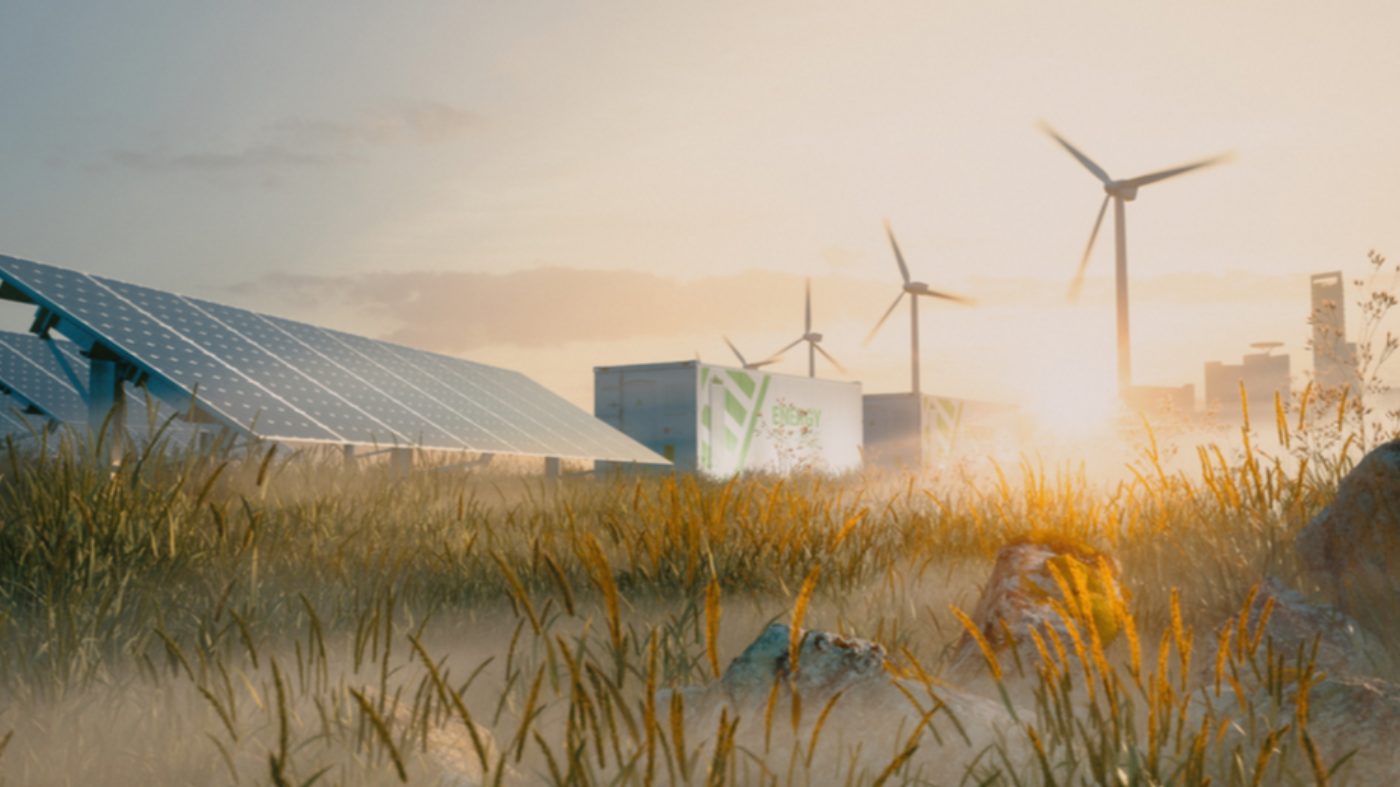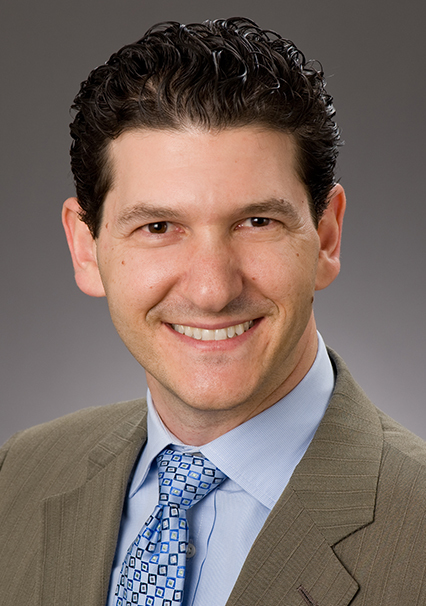Daniel Phillip Sinaiko and John Goodgame, partners with Akin Gump, talk about the state of the energy industry - and describe how capital is flowing towards new opportunities in the current environment.
CCBJ: Tell us about your practices and how you currently advise clients.
Daniel Phillip Sinaiko: I represent clients in the purchase, sale, development and financing of infrastructure projects – largely power projects around the globe. When a client wants to build something very big, and risk sharing is imperative to get it constructed, thatʼs our bread and butter.
John Goodgame: Iʼm a corporate and securities lawyer doing strategic transactions – capital raising, joint ventures, M&A – primarily for upstream and midstream oil and gas businesses.
What transactional trends are you seeing, and what areas of the energy sector are hot or cold?
Goodgame: Youʼre going to get very different answers from us because the world is very different in the old economy – oil and gas – than in the renewable energy space. In traditional oil and gas, you have to look at everything through a post-2014 frame, when oil prices began to drop from $100 a barrel. Now, due to a significant global oversupply of oil and gas, hydrocarbon prices have been relatively low for a long period, and there’s been a dramatic shift in the capital markets – especially the equity capital markets – away from providing capital to traditional oil and gas companies. This exodus of capital away from that business has led to many alternative approaches to transactions.
One impact has been consolidation in the upstream and midstream spaces. But the market is wary of consolidations at a premium. Acquirers have been beaten up by the markets for paying premiums. In terms of raising capital, investment grade debt is available to oil and gas companies, but mostly for refinancing existing debt. We haven’t seen a lot of public market debt for new projects or acquisitions.
Sinaiko: Clearly, there has been a flight of capital from the conventional natural resources sector, but where has all the money gone? You have to step back and look at macro conditions to understand what's happening. There is a crush of liquidity in the market – a huge amount of capital – and a lot of it is energy-savvy. Where is the natural place for that investment to flow? Into projects that produce stable returns in adjacent sectors that investors know – downstream assets such as power plants, liquefied natural gas terminals and those sorts of things.
The other macro circumstance at work is the green initiative motivating the world, notwithstanding the U.S. position on the Paris climate change treaty. That's a bit of a speed bump, but the world remains focused on less carbon as a matter of policy. As a matter of good citizenship and stewardship, the objective is to decarbonize.
That means large investments in renewable power projects and in gas-fired power projects which, while not as clean as renewables, are much cleaner than coal or petroleum-based power sources. There is a ton of money going into the acquisition of these projects, and increasingly into their development.
Consider the arc of what I do in project finance. What was tried and true when I was a baby lawyer – projects with long-term, contracted revenues – has undergone a sea change in the last three years. It used to be that somebody with a big balance sheet signed a contract with a power plant to buy all the power it could produce for 20 years or more. Based on that commitment, the power plant could take the paper, go to the investment markets with 95 or 100 percent certainty that the revenues would continue for 20 years, and get the money to build the project and pay it off over an extended period of time. Those projects have been the backbone of project finance forever.
In the U.S., due to flat demand for power, people aren’t willing to make long-term power investments. There’s a view that if they wait five or 10 years, they may be able to get a better deal. For project financing, this has created a lot more risk and variability. All indications suggest investors are willing to take the risk that the power contracts will run out, are not going to be renewed, and the projects are going to have to sell their product in the spot market. That's a huge change. But for some particularities of the U.S. tax code, there would be discussion about whether the concept of long-term contracted revenue is going away. We haven't gotten there yet, but that seems to be where we're going.
Another trend is the realignment of who owns and
invests in these projects. When renewable energy was a fledgling industry, we had
niche investors and the
attention of some commercial banks. We've seen a
major shift in the last five
years as investors from the Middle East and Asia,
among other places, have
sought power projects
because of the perceived
stable returns and stable
economies, particularly in
the U.S. Some of the largest
investment funds in the
world are paying attention.
We’ve seen some of John's
traditional energy clients look at renewables to keep the lights on and grow their
businesses. Conventional energy companies are investing
in renewable projects.
A few years ago, the market wanted a growth story. Now it’s telling oil and gas companies to focus on return on capital.
— JOHN GOODGAME
Talk about Master Limited Partnerships (MLPs) and Yieldcos and their roles within the energy sector.
Goodgame: MLPs are publicly traded limited partnerships with very different tax and governance characteristics than corporations have. They have been significant vehicles for raising capital for energy infrastructure.
But after the 2014 – 16 period, the market capitalization of the MLP sector has gone through the floor. There were probably 100 significant MLPs and some four out of five have been consolidated away or gone bankrupt. There are still a few significant MLPs that are publicly traded, but the market has seen a significant exodus of investor capital.
Sinaiko: Yieldcos don't enjoy the same tax advantages as MLPs. The asset classes are different. They are power assets, including some gas-fired generation, wind and solar, and a few other dogs and cats. The Yieldcos market was very hot in 2103 – 14, and they bought up a ton of assets.
The thesis of the Yieldcos is to remove all of the development risk from the power sector, consolidate the stable cash flows into a company, and float public equity. It's like owning a bond because the cash flows are highly predictable. The biggest sensitivity for a Yieldcos is the interest rate in the market generally. As the volume of capital in the markets increased, the pricing for equity in Yieldcos became less attractive. We've seen a lot of consolidation and it's continuing today.
What are some key issues facing the energy sector related to corporate governance, regulatory and compliance? How have things evolved over the past three years?
Goodgame: In the oil and gas sector, we’ve seen a wholesale change in investor expectations. A couple of years ago the market wanted to hear a growth story. The market is now clearly telling oil and gas companies that they're focused on return on capital and free cash flow, which must be used to fund debt reduction, stock buybacks or dividends. That’s very different from the metrics and behaviors promoted when the market is focused on growth.
Sinaiko: In terms of power regulation, our clients are heavily regulated by the Federal Energy Regulatory Commission, and there's been an effort to streamline some of the regulations. Part of the focus of the current administration has been to try and save nuclear and coal fleets in the United States, which have been retiring at a very rapid rate. They haven’t been successful in rescuing coal, but some nuclear plants have been saved.
Another big issue has been potential cyberattacks on our power grid. The National Energy Regulatory Commission has been increasing its oversight and regulation to make sure that we have a secure power sector in the U.S.
There has been a flight of capital from the conventional natural resources sector, but where has all the money gone?
— DANIEL P. SINAIKO
What developments are you seeing in emerging technology within the energy sector?
Goodgame: In the oil and gas space, we’re seeing greater efficiency in production. That's in part because these companies are so focused on returns and profitability that they’ve got to reduce the cost of producing their products. We're also seeing some interesting technologies in the gas and liquids export world, including some export projects around compressed natural gas, but the sexier energy stuff is happening in the renewables and power worlds.
Sinaiko: For me, microgrids and battery storage are the most interesting. They're similar, but not quite the same. The microgrid revolution arises from the desire for a cleaner and greener power supply. It is also related to the need to shore up reliability locally. Another ancillary benefit of the microgrid is in developing economies, where it's hard to build large, centralized power plants. We can use smaller power systems in local communities. Batteries are often part of the mix for a microgrid, and the battery storage revolution is just starting.
If you build a wind or solar project, you can only produce power when the wind is blowing or the sun is shining. By putting a battery in front of a wind or solar project, you can turn those into more reliable power assets. This has huge benefits to utilities trying to keep the lights on, and huge benefits to owners of these power plants who want to deliver power when its most valuable to do so.
Another benefit of battery storage concerns transmission and distribution issues we have in many parts of the country. Our infrastructure is aging. One way to mitigate the need for new or refurbished transmission and distribution systems is to install batteries or other energy storage solutions at parts of the grid where more resilience and reliability is needed.
We've worked on a number of battery projects in Hawaii, where the grid is unstable and renewables are not the best alternative. Batteries help. That’s the biggest technological leap we're seeing in the power sector now.
We're working on other evolving technologies for energy production. Some are biomass or biogas, some involve thermal energy. We worked with a client building very large greenhouses and putting solar thermal receivers in them to turn water into steam and then use the steam for oil field services – an intersection between what John does and what we do. We're seeing all kinds of interesting new toys popping up all over the world. Some of them will succeed, some of them will fail, but it is an interesting time to be an energy lawyer.
Published February 4, 2020.





